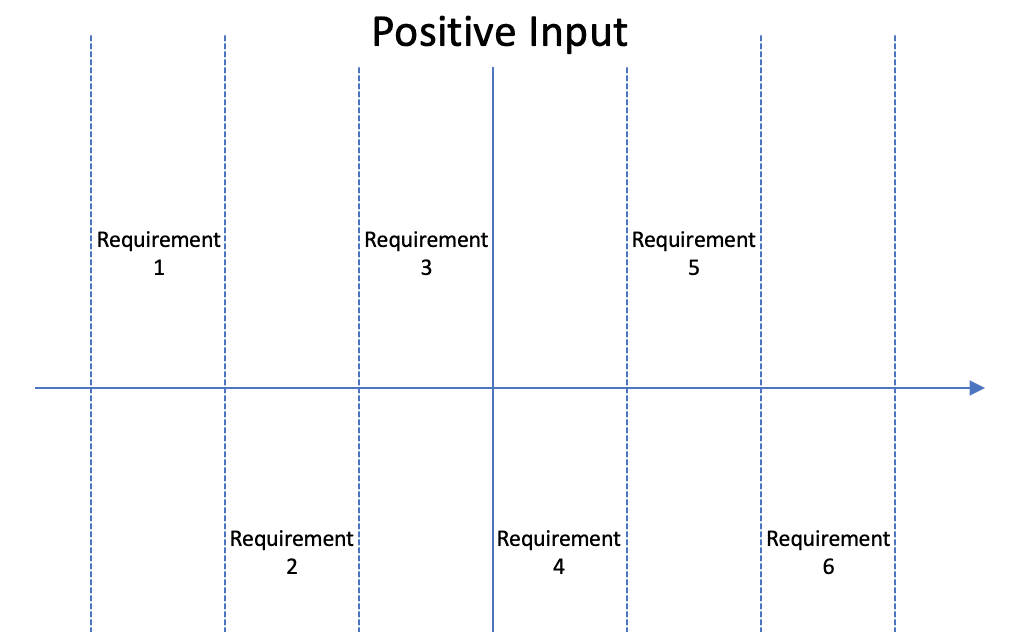Our clients are finding that the savings garnered from outsourcing manufacturing have declined. Increasingly, they are looking for exciting new products in new categories as the most reliable way to grow. Creating these new blockbusters requires getting very close to customers to understanding their needs in the finest detail. The Community Product Requirements Chart is a tool that provides customer insights and creates opportunities for innovation. It summarizes customer and community feedback verbatim and organizes it by category, as well as by customer ratings, both positive and negative.
The tool expands on a key concept of Voice of the Customer and contextual inquiry methodologies by capturing the customer’s wants and needs by observing the product in use in the customer’s actual environment. Through internet-based communities and multimedia, you can capture these valuable insights without incurring the time and expense of traveling to the customer.
Benefits of the Community Product Requirements Chart
- Ensures you are delivering a product with high customer value
- Saves time by accelerating decision-making based on customer input
- Helps you avoid wasting time on low-value features
- Drives early customer support of your product
- Is an effective alternative to the traditional Voice of the Customer and contextual inquiry methodologies
The example Community Product Requirements Chart on the right captures inputs from customer community members. The vertical axis displays the number of positive and negative responses. The horizontal axis organizes the inputs by category, defined by the data table at the bottom. The data below targets the product features and functionality that are most important to the target audience.
Create the chart as follows:
- Define the objective of the desired output. When engaging customers, it’s critical that you define the scope of the request clearly. Failure to define the objective crisply will result in sub-optimal data.
- Define customer qualifications for participation. Inviting the most qualified voices will produce the best results. Some of the best participants include early adopters, unhappy customers, or potential customers who are currently using a competitor’s product.
- Create a social space for sharing. If you are new to using social solutions in community led product development, but other departments such as marketing or customer support have established communities, then leverage those resources. One of the key values of using a social solution is the “cross-talk” that will occur between the participants. This will provide much richer data than that produced by bi-directional communication between you and customers.
- Invite customers to participate in a time-bound exercise (ideally over two to three days). Request they fill out an NDA and describe the benefits of participation.
- Ask them to share photographs of how they are using your product. Also ask for verbal input regarding what is going well or not well when they use your product.
- Encourage discussion between participants.
- At the end of the exercise, summarize the data to identify the high-value areas for product feature development.
- Use the Community Product Requirements Chart, including photographic and textual data, to provide input to the product requirements process.
Social collaboration solutions have become a critical tool for sharing information among the team and for driving decision-making. Research indicates that only about 14% of companies utilize social solutions, but 80% are expecting to in the next two years. The companies that integrate these tools sooner rather than later can create an advantage over their competitors by sharpening their understanding of how customers use their products.
Which Business Problems Does the Community Product Requirements Chart Solve?
The Community Product Requirements Chart allows you to generate innovative solutions for new product designs by gathering the voice of the customer in a community setting. It is faster, cheaper, and richer than surveys or focus groups.
What Else You Should Know about Community Product Requirements Chart
Many companies balk at implementing social solutions because they are unwilling to take the IP risks. However, this is a solved problem as organizations like Proctor & Gamble have good solutions to address intellectual property ownership.
Having the right number and type of customers participating in the process is also important. Select the community members very carefully in order to increase the quality of the input.

